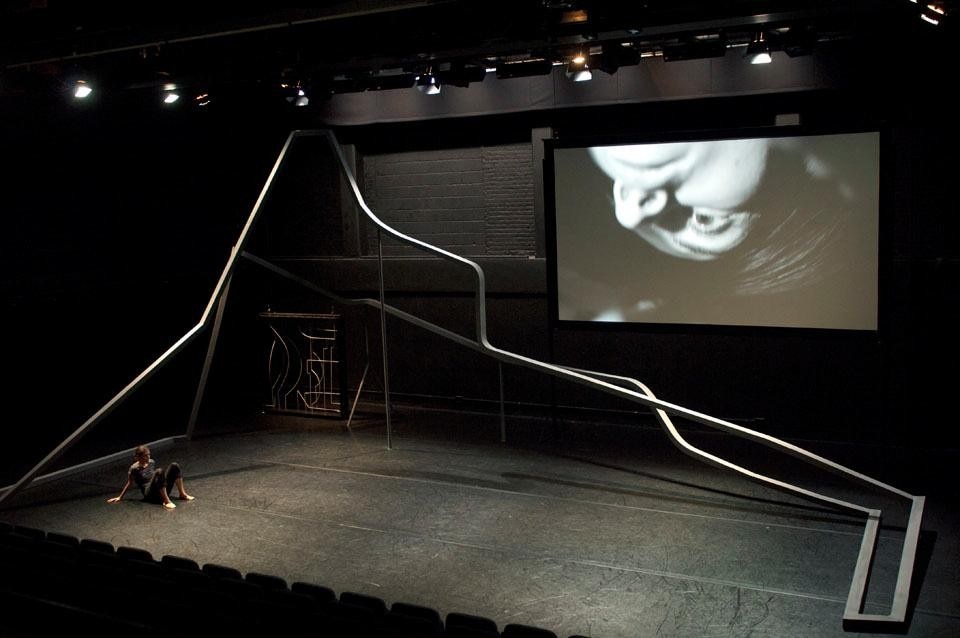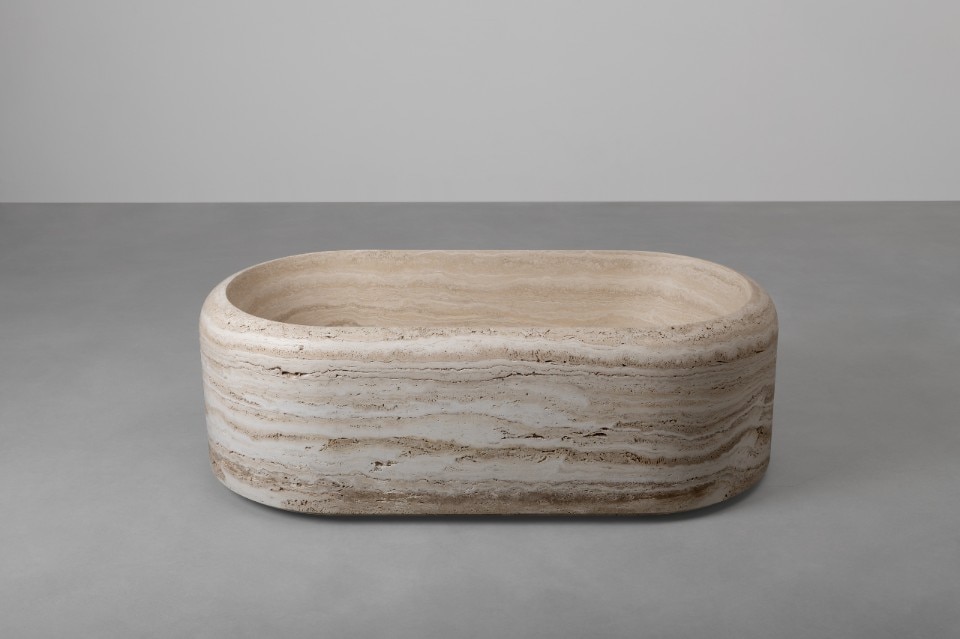Melissa Appleton and Matthew Butcher, aged just 27 and 33 are Post Works. They are operating in a political climate where public building is being all but abandoned, funding withdrawn from private and government projects and clients slashing budgets at every turn. In this gloomy landscape where design is being factored out of all equations, Post Works are turning to theatre and film and art and choreography as spaces of architectural practice. Their work is now being exhibited as part of this year's Hayward Gallery show "Choreographing You", "Monuments of the Near Future" at The Gopher Hole, an interdisciplinary space in east London. They are also working on a book for Koenig Publications, an exhibition on performance design for the V&A and an experimental radio station in Essex, all to be completed this year.
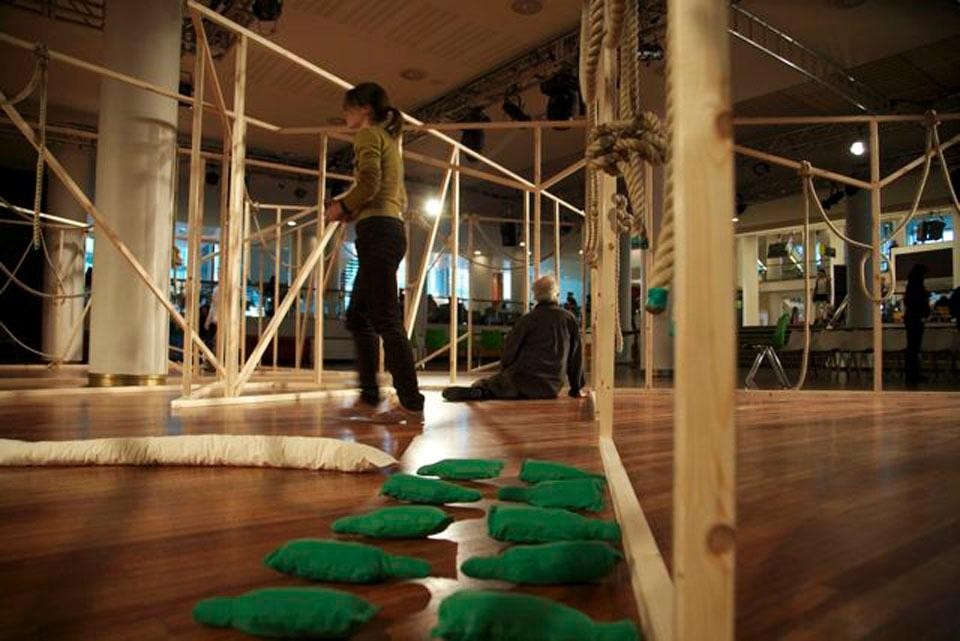
The project they produced was a series of grids, which were formulated after a week of working closely with the dancers. As Butcher observes, there is a tension between the architects' 2D space that refers to Bernard Tschumi and post-modern practice. "There is a certain satire in the failure of architectural drawings to really represent spaces," he muses.
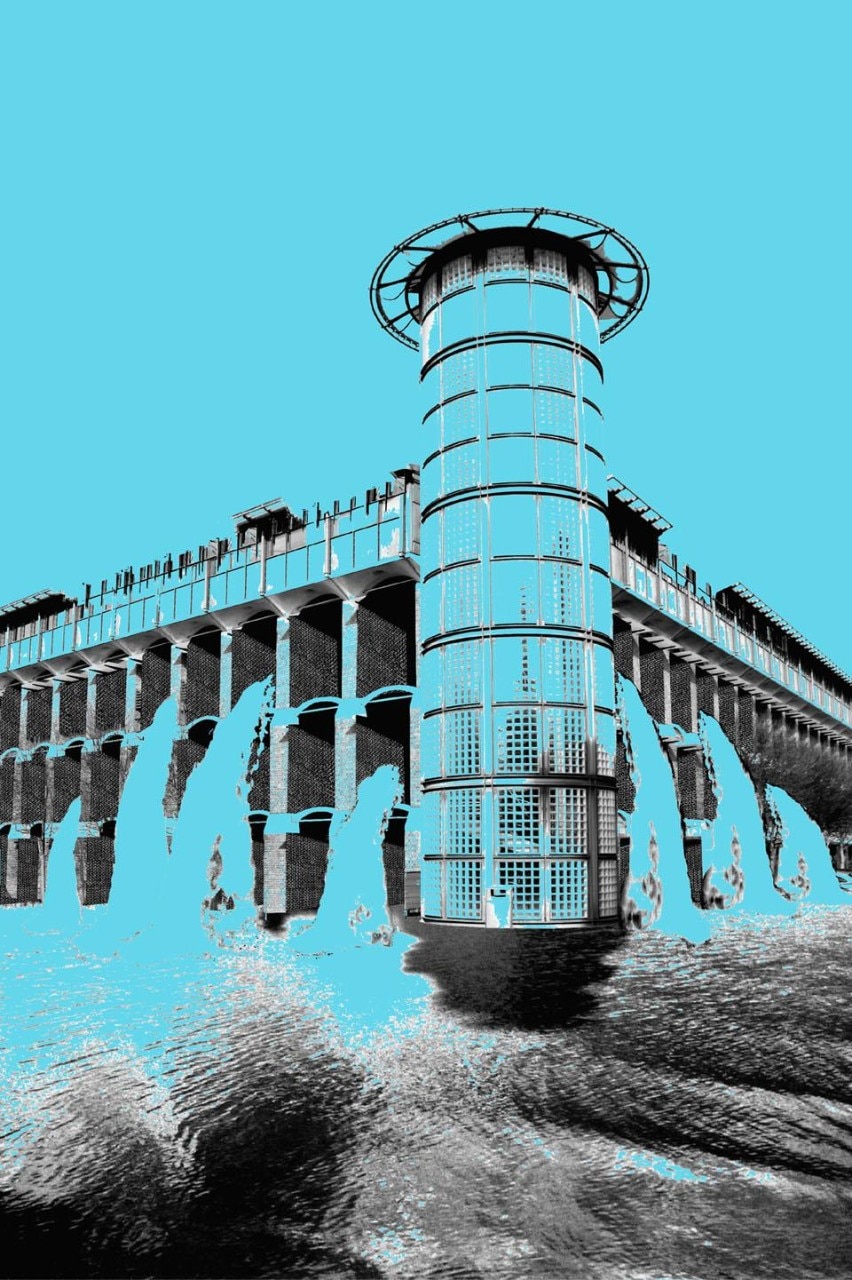
Their collaboration with Rosemary Butcher continued into a further performance piece which solidified some for the more experimental 2D work into 3D installation. Then again this year in a collaboration between Butcher, Edward Burdis Pablo Bronstein to recreate the American performance artist Allan Kaprow's 18 Happenings in 6 Parts in the Royal Festival Hall.
There is a certain satire in the failure of architectural drawings to really represent spaces
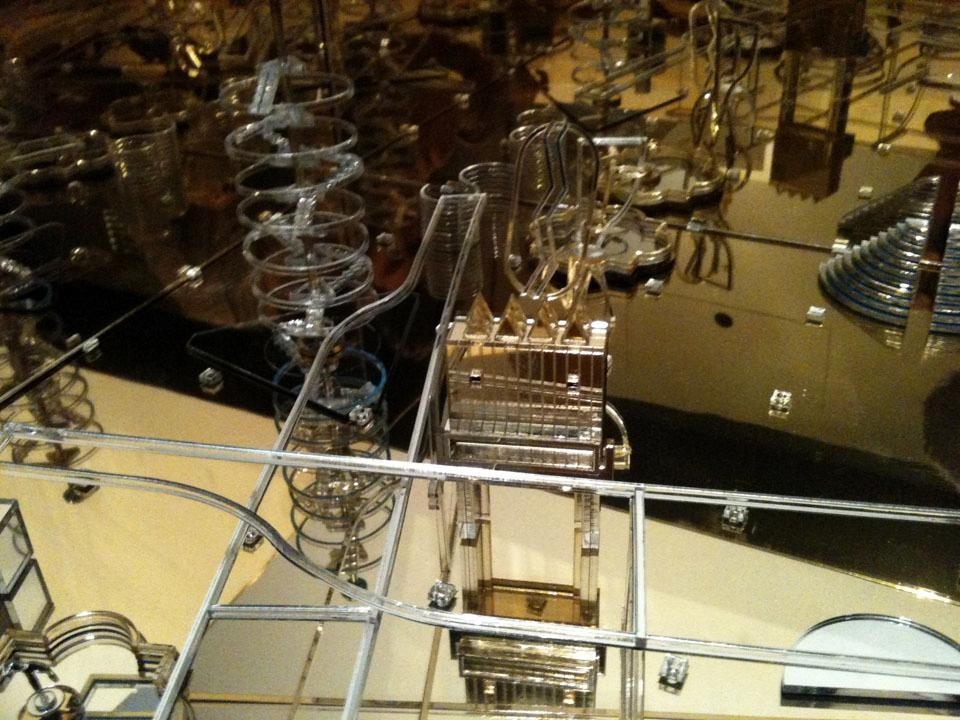
The rapid nature of the work is more appealing than the slog of a four-year building wait, the trials and tribulation of building. And, they admit while blushing, they are not yet fully qualified as architects. "It's also about timeframe." Says Appleton, describing the process of working on set-design. "We have a long research period, there's a production period where we intensely work with the raw process of building. There's the budget and there's the event. It's very quick. We enjoy the process that evaluates it so it's irrelevant whether it lives on. You end up 60 paces ahead of where you were before then you can carry on and bring it with you."
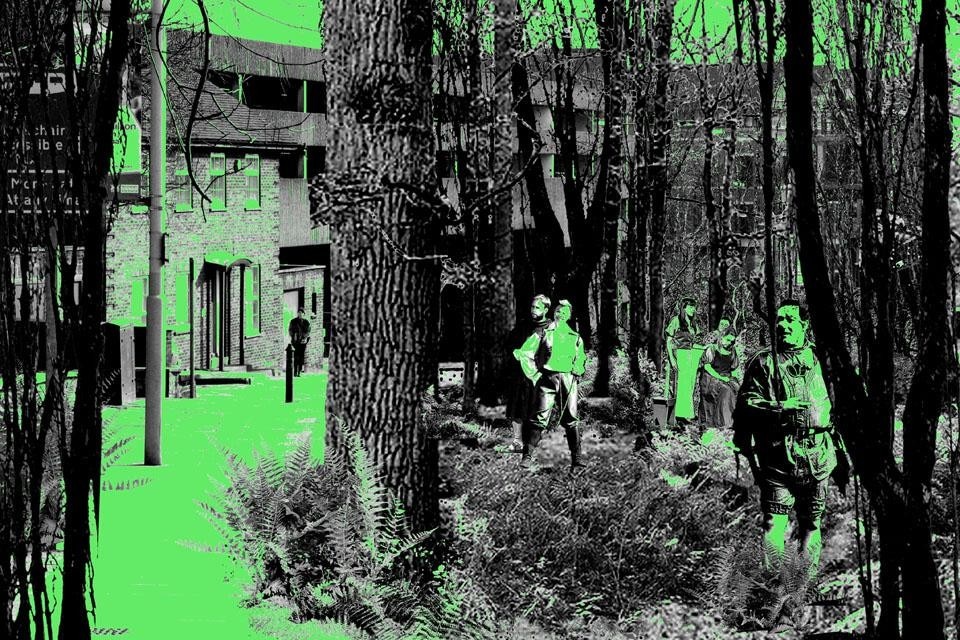
The design of the station, although only on paper suggests a more conventional form of design than was seen in their performance pieces and backdrops. The lines that they articulated and shapes and compositions are visible in 2D, and it will be very interesting to see the transition from spectacle and composition to negotiations of spaces and functions. The radio station is an experiment, perhaps a nerve-wracking one, but they both brighten up when we talk about their forthcoming book project. In collaboration again with Bronstein, they are producing a critical study on "Neo Georgian" architecture in London. The type of non-style seemingly selected aimlessly from catalogues of building typologies and whose forms the banal backdrop to 1980s middle-class housing estates or public buildings. "It's so innocuous that it's become part of our psyche – it's acceptable because it is so prevalent. From vacuum-formed pediments to fibre-glassed moulded lintels. It's crazy but it's been fascinating to document it." The book will be published this year by Koening.
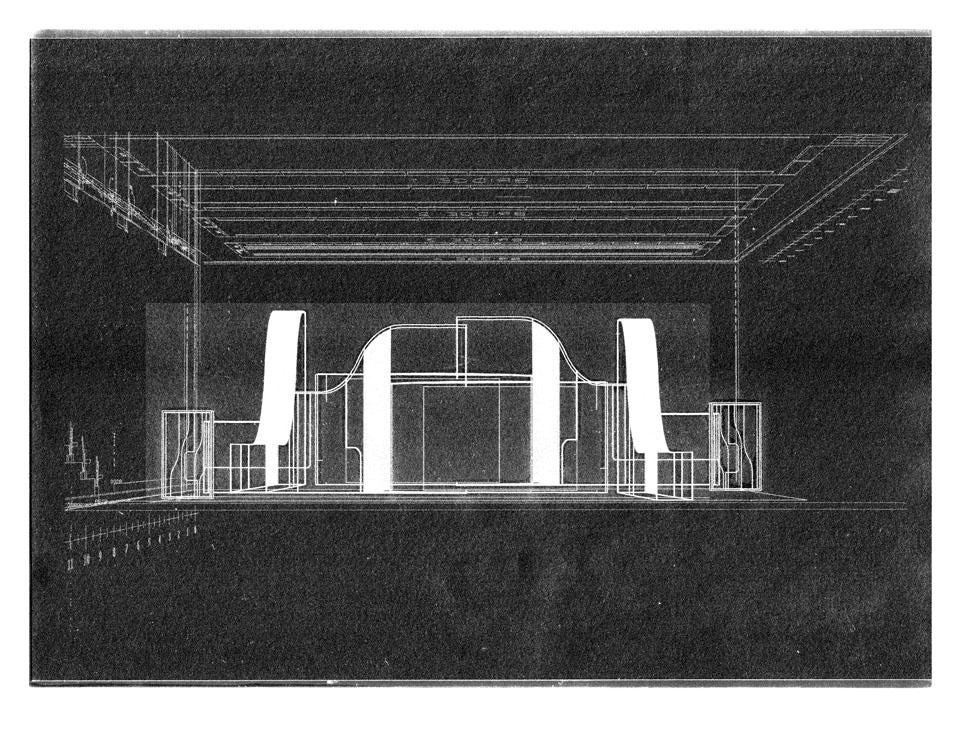
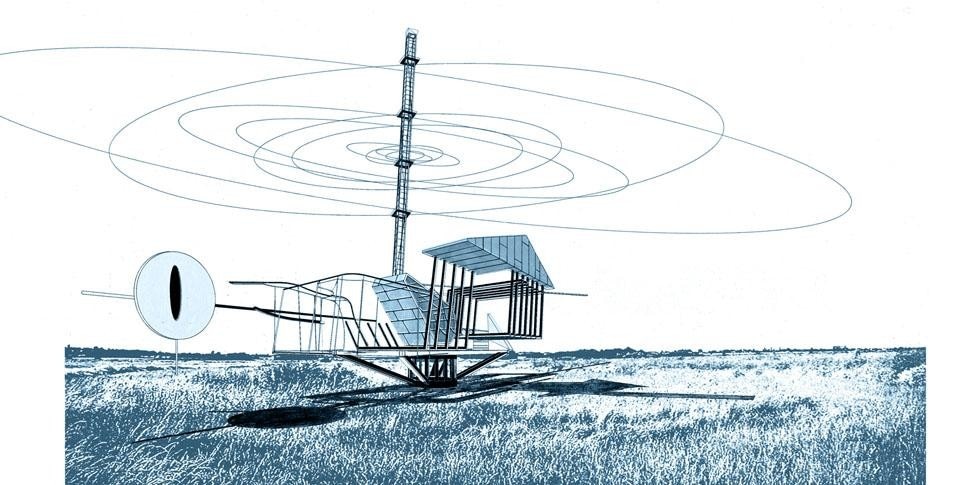
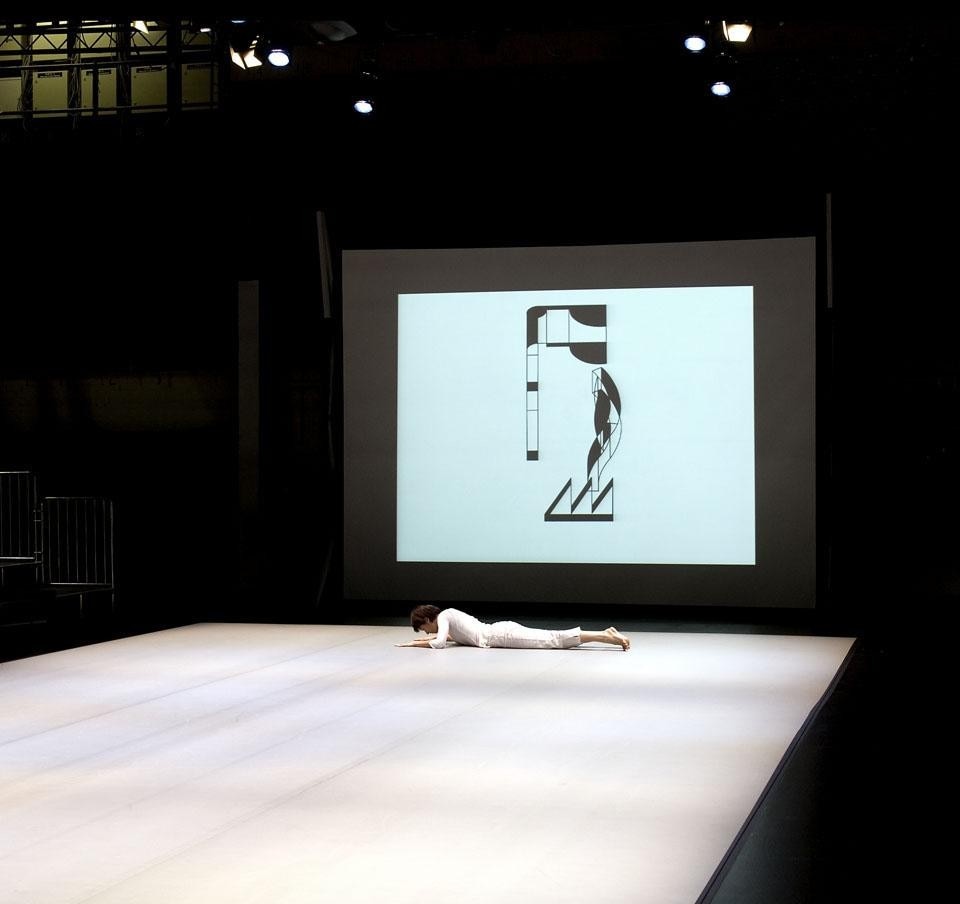
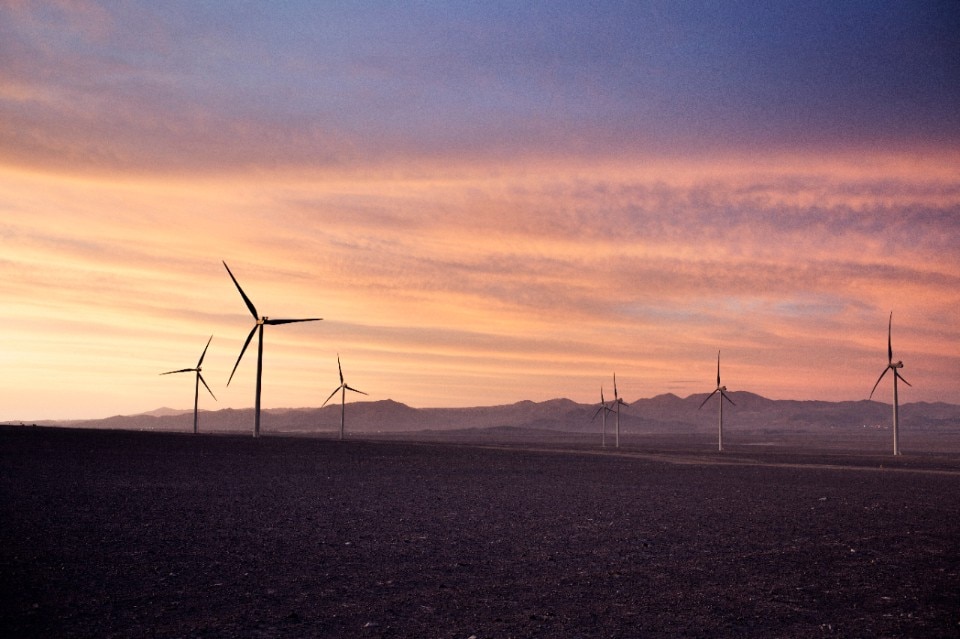
Tomorrow's energy comes from today's ideas
Enel extends the date to join the international “WinDesign” contest to August 30, 2025. A unique opportunity to imagine the new design of wind turbines.


